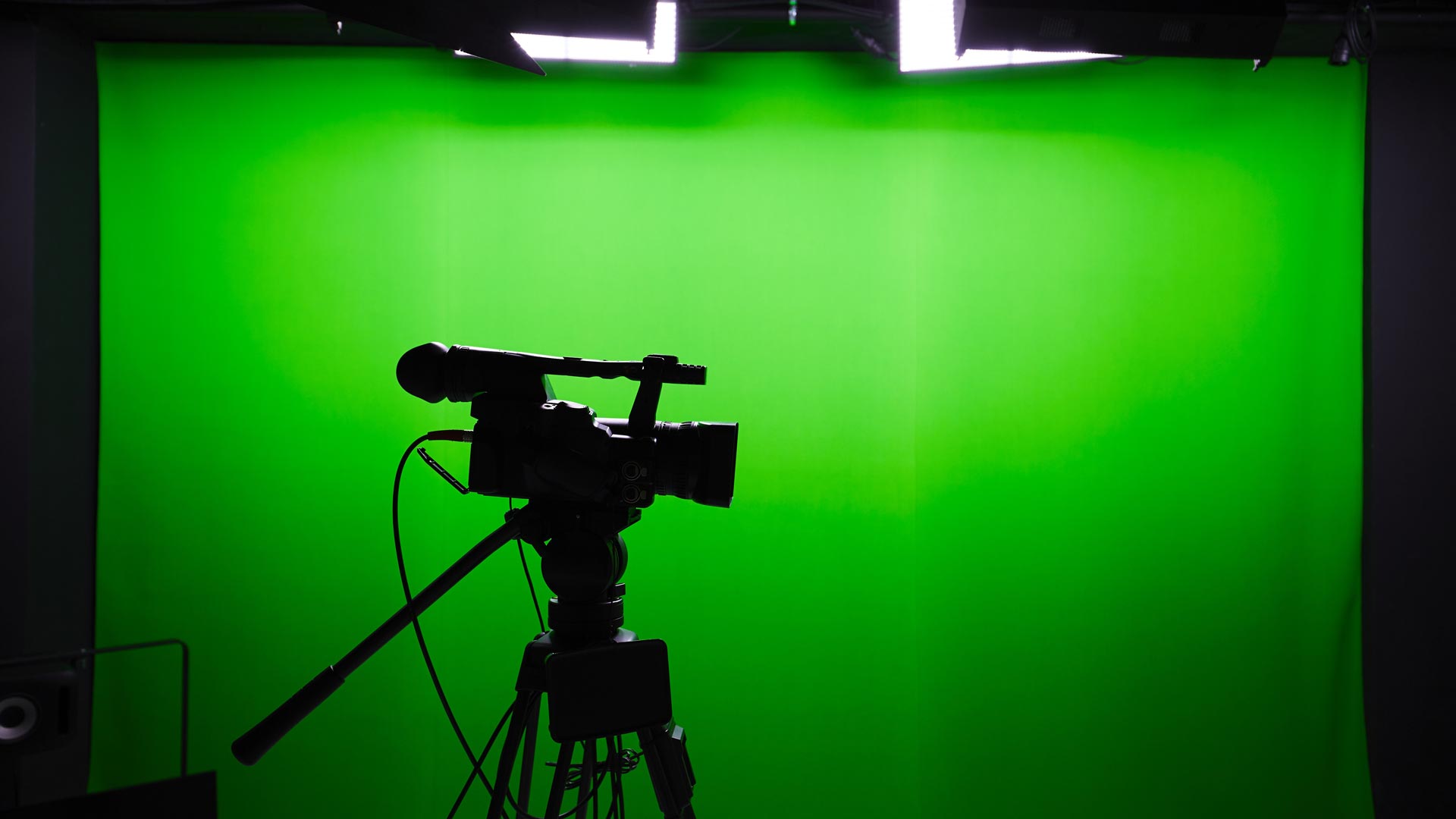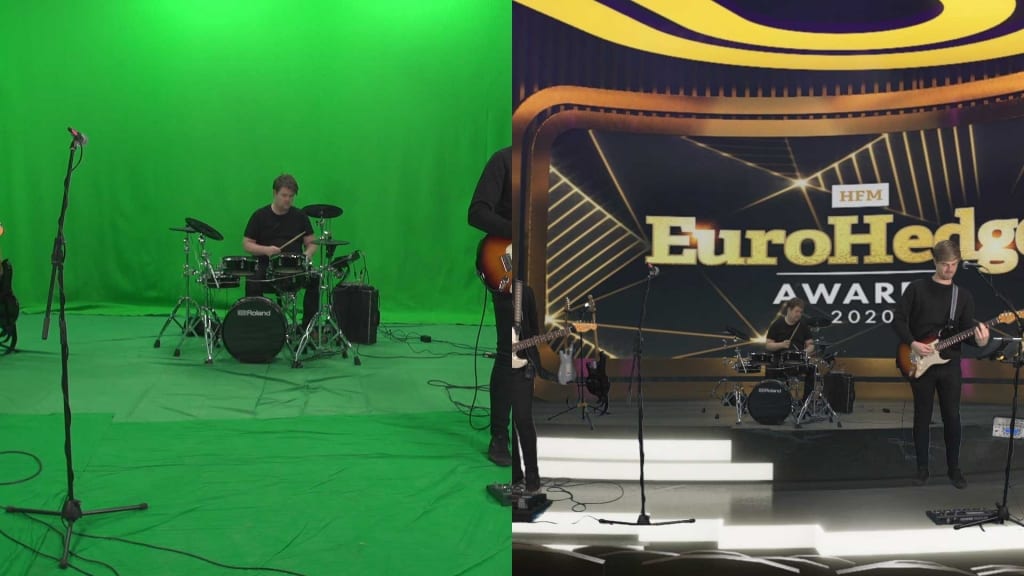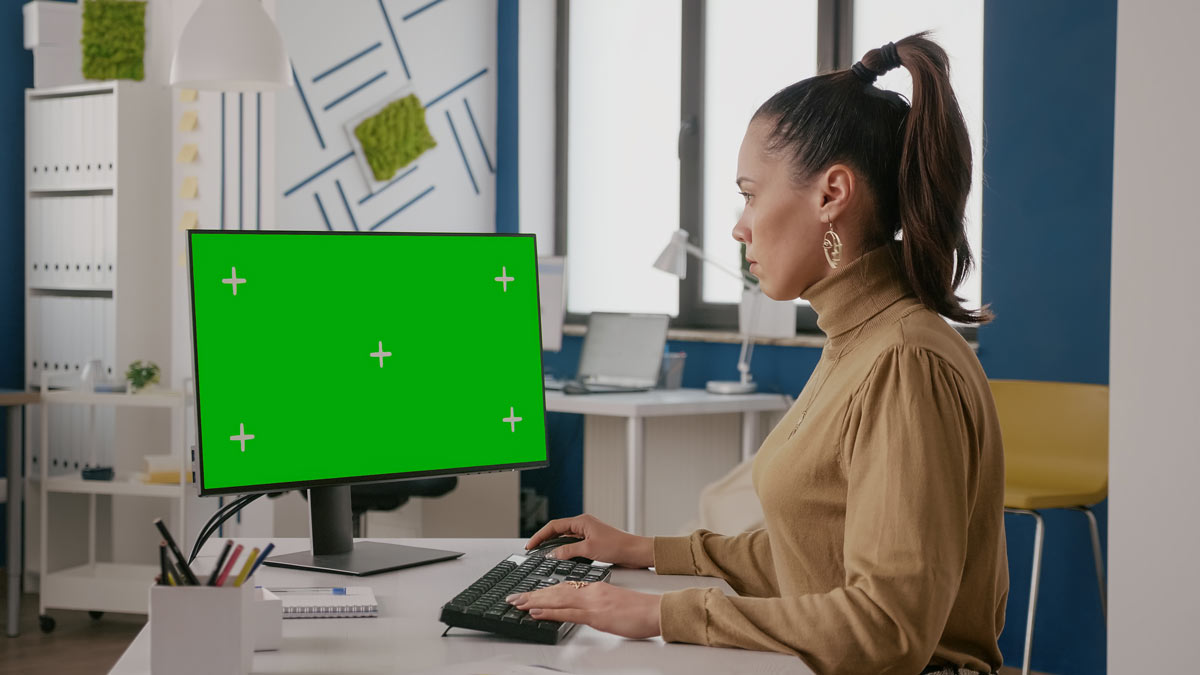Why Green Screen is Green

The use of green screens has become a staple in modern filmmaking, television production, and even amateur video projects. This seemingly simple technology allows creators to superimpose backgrounds and special effects that wouldn’t otherwise be possible. But have you ever wondered, why green screen is green? What makes this colour so special, and why has it become the green screen studio industry standard? In this article, we will delve deep into the reasons behind the choice of green, its advantages, and how it works in the context of video production.
Understanding the Basics of Chroma Keying

To fully appreciate why is green screen green, it’s essential first to understand the concept of chroma keying. Chroma keying is a visual effects technique where a specific colour is removed from the video and replaced with another image or video. This method is most commonly used in weather forecasts, movies, and virtual backgrounds during video calls.
How Chroma Keying Works

The process of chroma keying involves selecting a colour range in post-production, which is then made transparent to allow another background to fill the space. The selected colour should not be present in any other part of the scene because anything matching that colour will also be removed. This is why solid and distinct colours are preferred for chroma keying.
Why Green? The Science Behind the Choice
High Luminance and Low Noise
Green was chosen as the standard for chroma keying due to its high luminance and low noise. Cameras are more sensitive to green light, which allows for a cleaner key (the process of removing the colour). This higher sensitivity results in less noise in the green channel, providing a sharper and more detailed image. The clean removal of the green background helps ensure that the final composite looks as realistic as possible.
Human Skin Tones and Colour Contrast

Another critical reason for choosing green is its contrast with human skin tones. Human skin, regardless of race or ethnicity, does not naturally contain much green pigment. This makes green an ideal choice because it minimises the risk of accidentally removing parts of the subject during the chroma keying process. In contrast, blue, another colour sometimes used for chroma keying, can pose issues as it can be more closely related to skin tones or the colour of clothing.
Efficient Lighting Requirements

Green screens also require less lighting than other colors like blue. Green reflects more light, making it easier to illuminate evenly, which is crucial for achieving a clean key. Uneven lighting can lead to shadows or variations in the green hue, which can complicate the post-production process. By using green, videographers and filmmakers can achieve professional results with less complex lighting setups.
The Evolution of Green Screens in Film and Television
Early Beginnings: Blue Screens
Before green became the standard, blue screens were commonly used in the early days of film and television. The choice of blue was initially driven by the film stock’s sensitivity to blue light. However, as technology evolved, and digital cameras became more advanced, green screens emerged as the preferred option due to the reasons mentioned above.
The Shift to Digital and the Rise of Green
With the advent of digital cinematography, the industry saw a shift from blue screens to green screens. Digital sensors in cameras are particularly sensitive to green, providing a higher quality key. This transition allowed for more seamless integration of special effects, paving the way for the spectacular visual experiences we see in today’s blockbuster films.
When Is Blue Still Used?
Despite the dominance of green screens, blue screens are still used in certain situations. For example, when shooting scenes that involve green costumes, green props, or green environments, using a blue screen is more practical to avoid keying out parts of the subject that need to remain visible. Additionally, blue screens can be more effective in low-light situations due to their lower light reflectivity, reducing the risk of unwanted spill (the phenomenon where background color reflects onto the subject).
The Practical Applications of Green Screens Beyond Film
Virtual Sets and Backgrounds
In television broadcasting, especially in news and weather reporting, green screens are extensively used to create virtual sets. Presenters stand in front of a green screen while viewers see detailed maps or virtual environments on their screens at home. This technique allows broadcasters to present complex information visually appealingly without needing physical sets.
Live Streaming and Online Content Creation
The rise of live streaming and online content creation has also seen a surge in green screen usage. Platforms like YouTube and Twitch allow creators to use green screens to replace their background with anything from gameplay footage to custom graphics, providing a more immersive experience for their audience.
Education and Virtual Meetings

During the global shift to online education and remote work, green screens became popular for creating virtual backgrounds in video conferencing tools like Zoom. Teachers, professionals, and students use green screens to maintain privacy or create a more engaging visual environment during online sessions.
Tips for Using a Green Screen Effectively
Even Lighting Is Key
To achieve the best results with a green screen, it’s crucial to light the screen evenly. Uneven lighting can cause shadows, making the chroma key process more difficult and leading to imperfections in the final video. Soft lighting that minimizes harsh shadows is typically the best approach.
Avoid Green Clothing and Accessories
Since the green color is keyed out, wearing green clothing or using green props will result in those areas becoming transparent in the final video. It’s essential to ensure that the subject doesn’t include any green elements unless they are meant to be keyed out.
Use High-Quality Materials
The quality of the green screen material can significantly affect the outcome. Using a high-quality, wrinkle-free screen will result in a smoother keying process. Fabric screens should be stretched tightly to avoid creases, which can cast shadows and cause issues during chroma keying.
Conclusion
The choice of green for chroma keying is no accident. It is the result of careful consideration of various factors, including camera technology, human skin tones, and lighting requirements. Green screen studios have revolutionised the way we create visual content, allowing for seamless integration of digital effects and backgrounds. Whether you’re a professional filmmaker or a hobbyist content creator, understanding why green screens are green is crucial to leveraging this technology effectively.
If you are looking for a evenly lit green screen studio hire in London, contact Cineview Studios – best green screen studio hire which is pre-lit for all type of green screen video contents.
For Green Screen Studio:
Email: info@cineviewstudios.com
Phone: 02083052849
